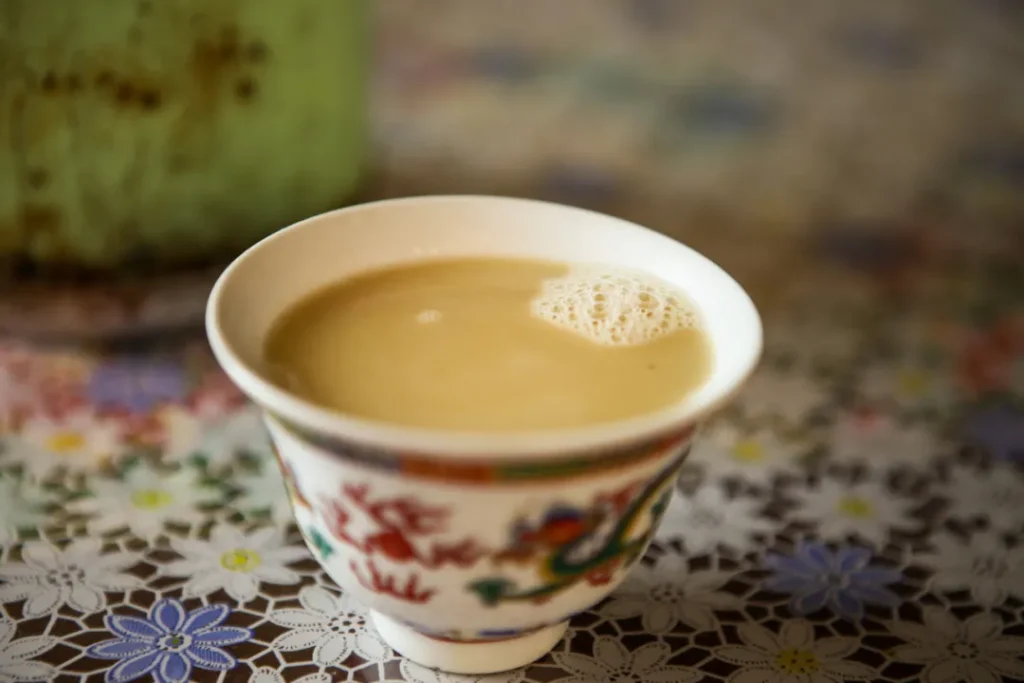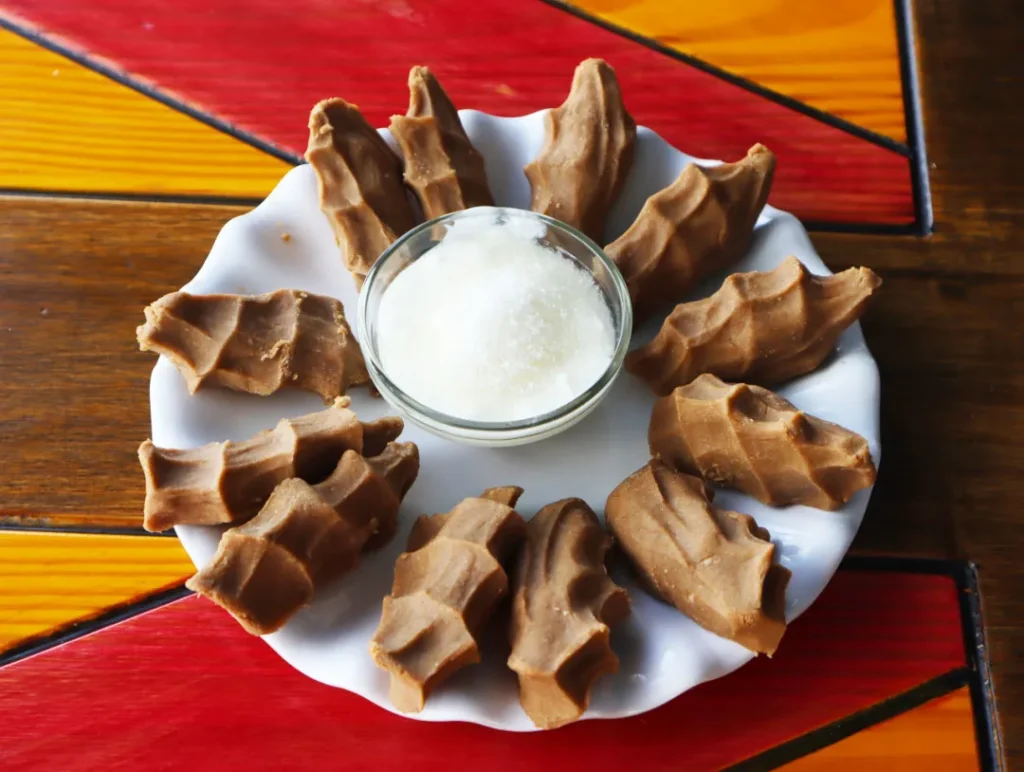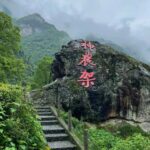
The biggest challenges of summer travel are the heat, high costs, and the lack of official holidays. So, I must share with you my top 1 summer travel destination—Western Sichuan!
In terms of time cost, Western Sichuan is truly the most suitable secret haven for busy working professionals to unwind: convenient and not expensive transportation, usually departing from Chengdu; no need for 8 or 10 days of vacation, as 3 or 5 days are enough to enjoy; the scenery is praised as the “Oriental Switzerland,” yet the cost of a trip starts from just a thousand yuan!
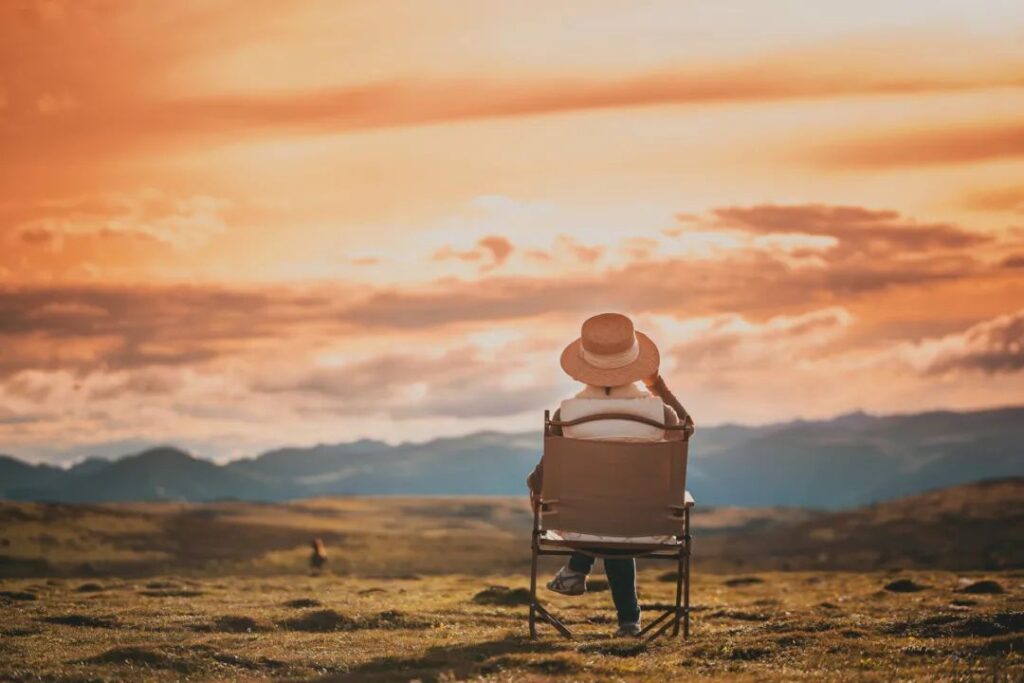
The scenery absolutely will not disappoint you. The average summer temperature ranges from 10 to 25 degrees Celsius, and there are abundant natural reserves with lush vegetation everywhere. Every breath you take is filled with fresh oxygen ions, making it a perfect summer resort!
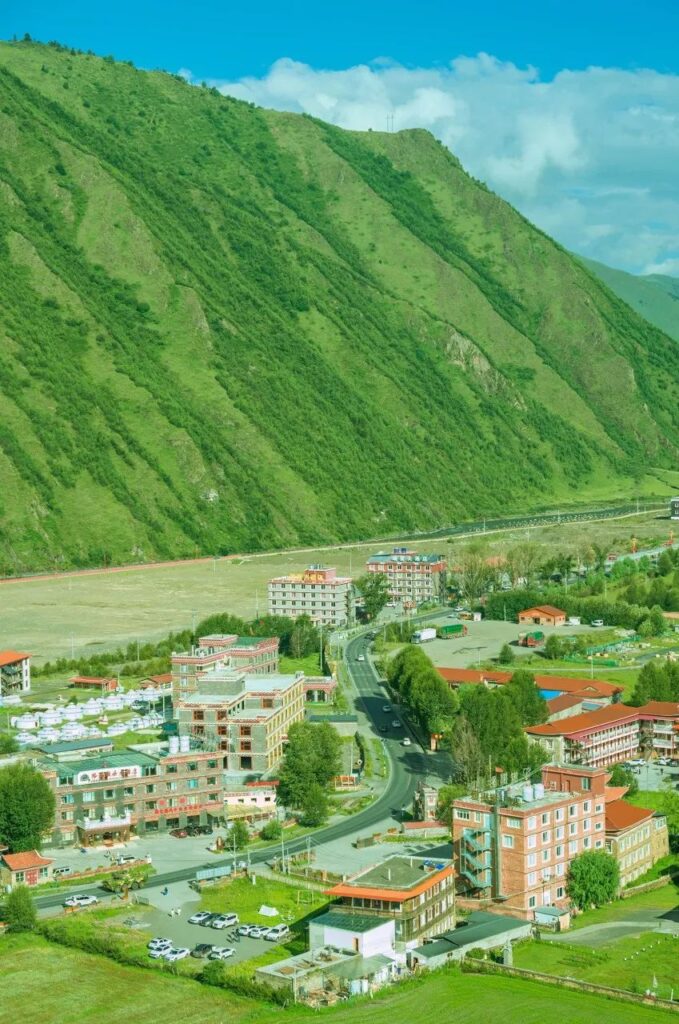
Every early summer, Western Sichuan ushers in a season of vibrant life, which is the most suitable time to view snow mountains and flower seas. “The King of Sichuan Mountains,” Mount Gongga, sheds its fierce blue ice, attracting countless pilgrims.

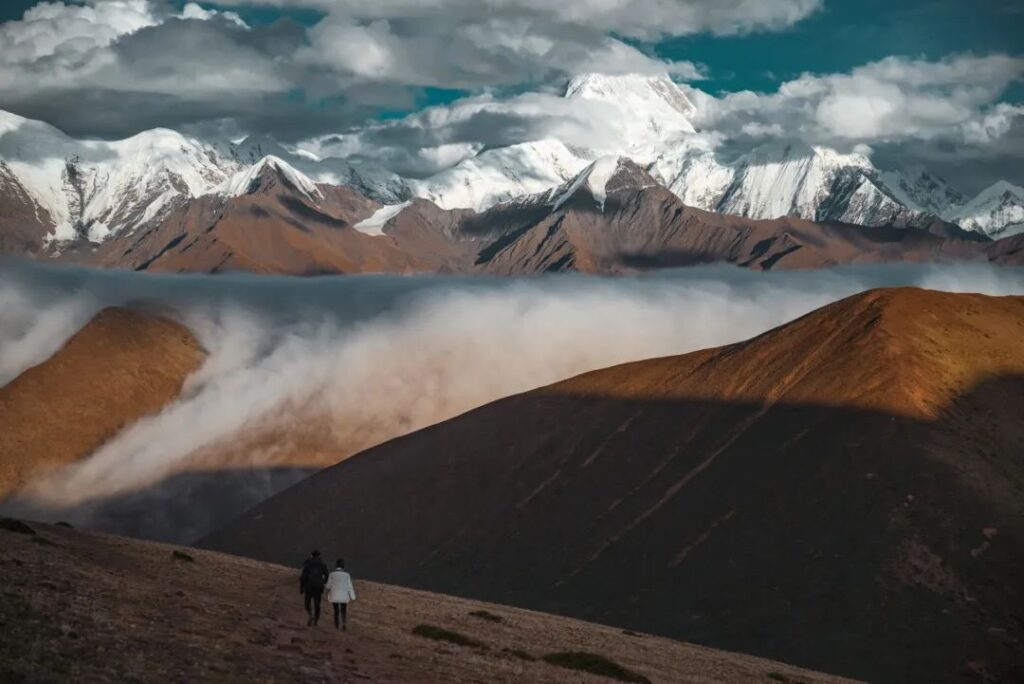
Nurtured by the melting snow from the mountains, the alpine meadows develop a boundless lush green. Wildflowers bloom in waves on the grasslands, as beautiful as a fairy tale. What could be more beautiful than this scene? You must run among them, let go of the bitter KPIs, and become a simple, happy little elf for a moment!
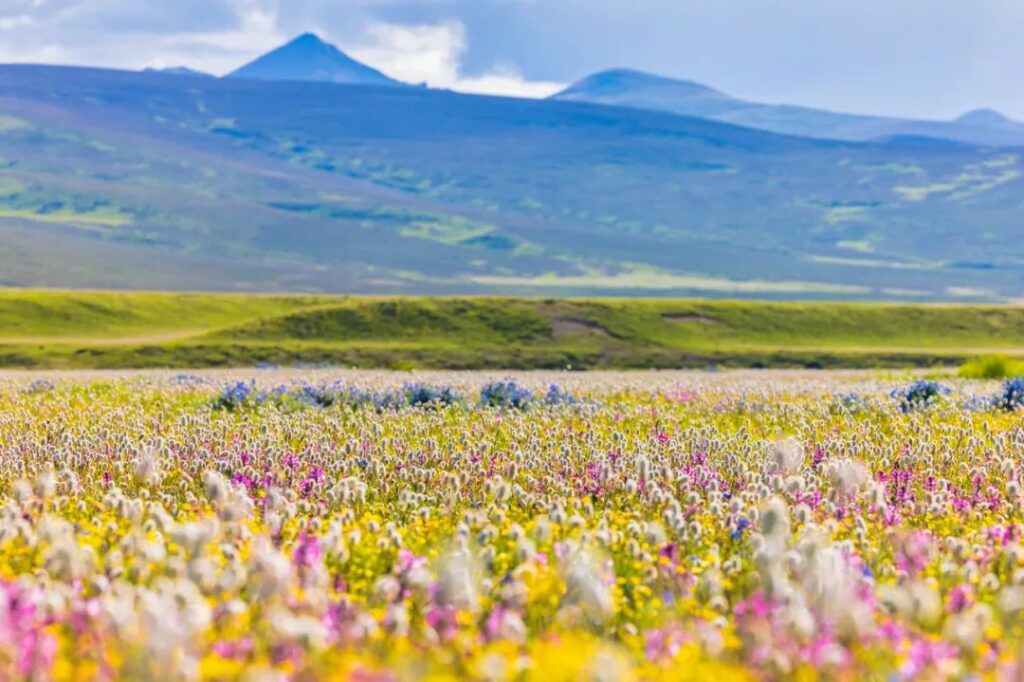
Western Sichuan has more to offer than just these; it also has its unique culture. Tibetan Buddhist monks practice devoutly in the golden-roofed temples, while Khampa men ride horses across the grasslands. The ubiquitous Mani stones are people’s sincere blessings and wishes for life and the people around them.
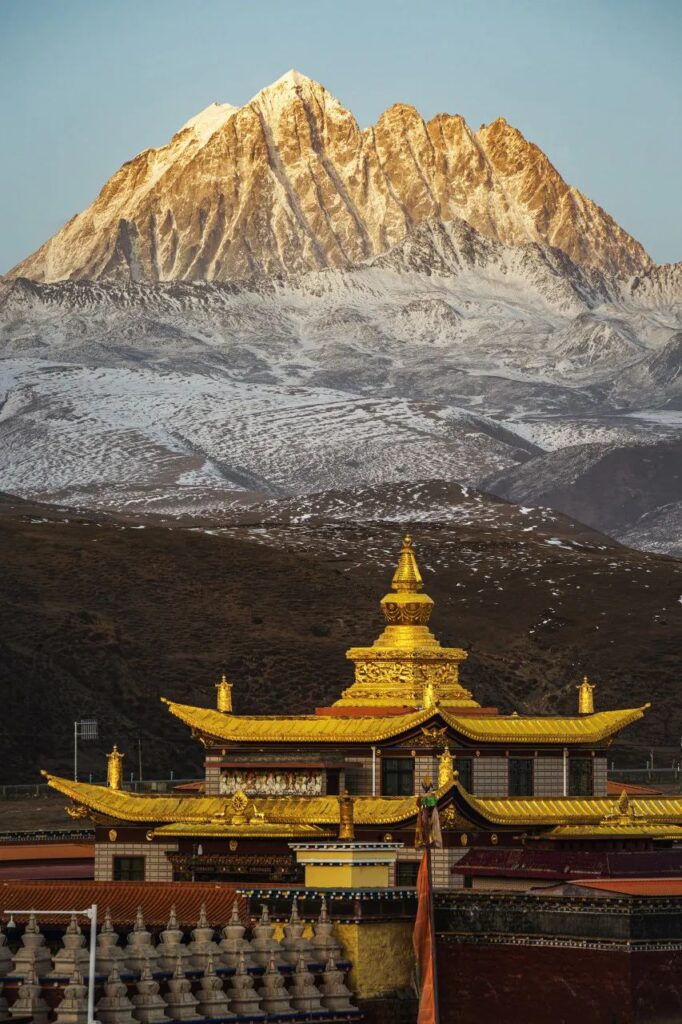
In such a vast and harmonious region, primitive and simple natural light and shadow can be captured everywhere, and everyone can be a photographer with a great sense of accomplishment.
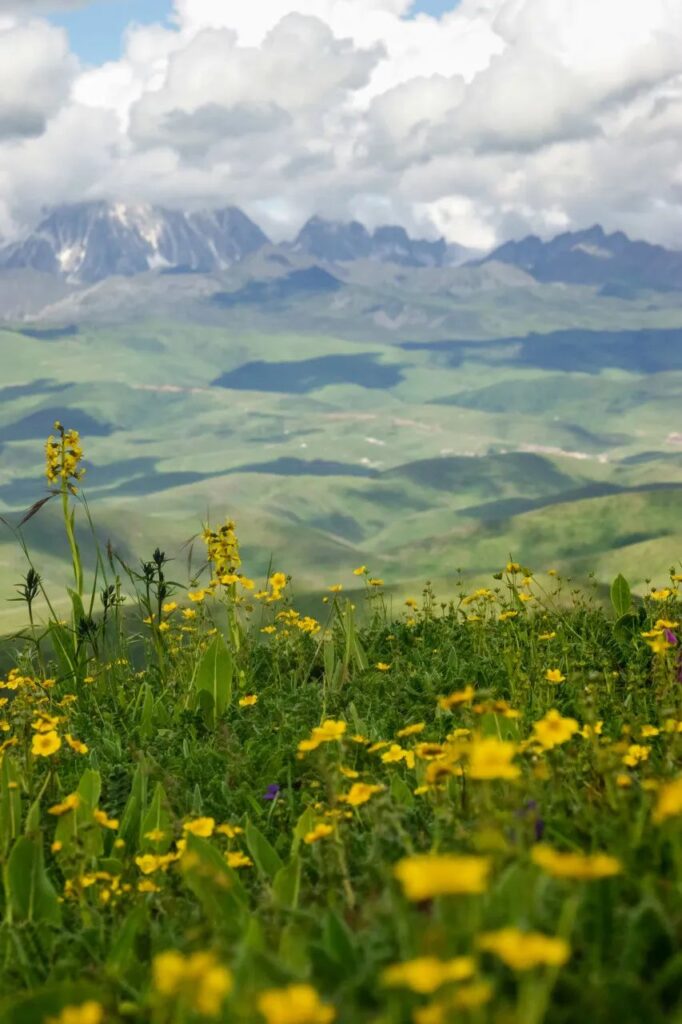
See the Three Sacred Mountains of Western Sichuan from Rare Angles
The most beautiful sight in Western Sichuan must be the snow mountains; it can only be the snow mountains. The geographically unique Hengduan Mountains region is home to numerous world-class extreme landscapes. At altitudes of several thousand meters, where the air is thin, ice caps stretch out majestically and sacredly. In today’s increasingly warming world, we must hurry to cherish the opportunity to see them~
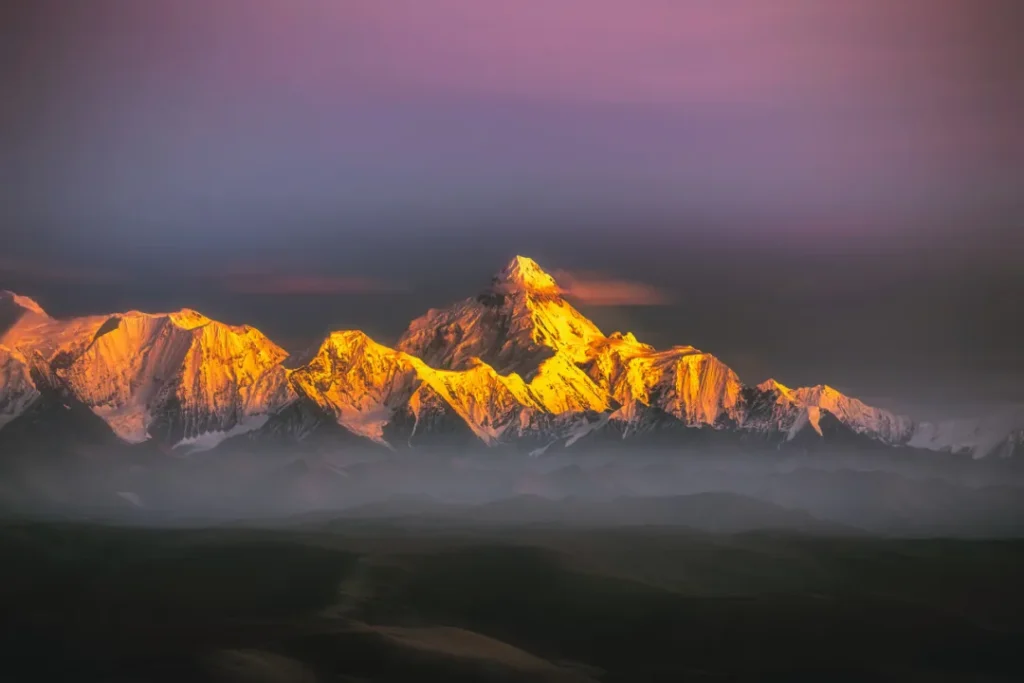
“The King of Sichuan Mountains,” Mount Gongga, has a relative height difference of more than 6,000 meters, and its climbing difficulty is no less than that of Mount Everest. The peak stands tall and aloof on the land of Western Sichuan, overlooking the southeast, west, and north.
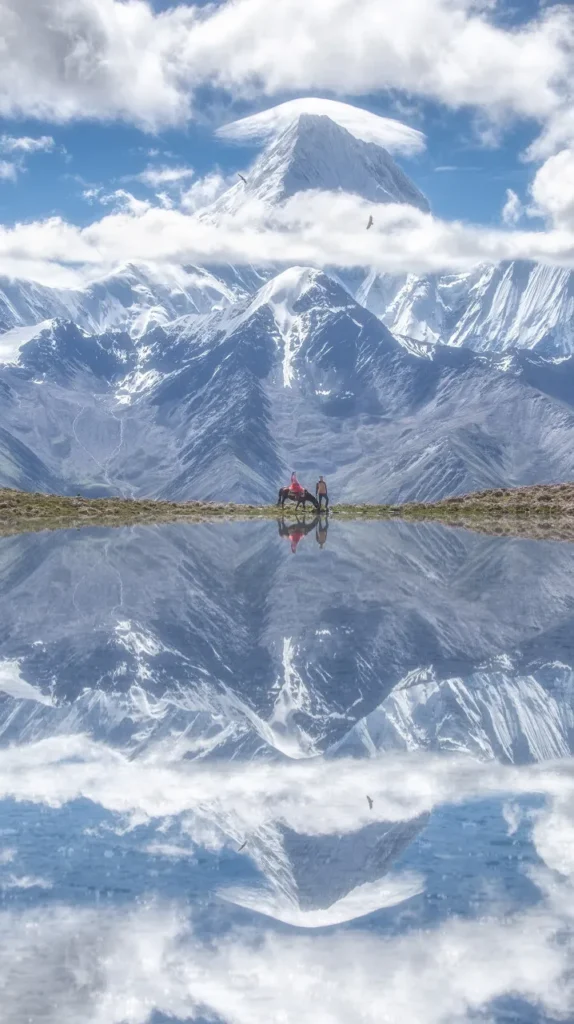
“The Crown of Western Sichuan,” Mount Yala, looks like a crown when viewed from Bamei, and like a lotus-shaped mountain when seen from the direction of Xinduqiao. This sacred Khampa mountain stands above the Tagong Grassland and Muyar Monastery, facing Mount Gongga from afar, shining its sacred light.
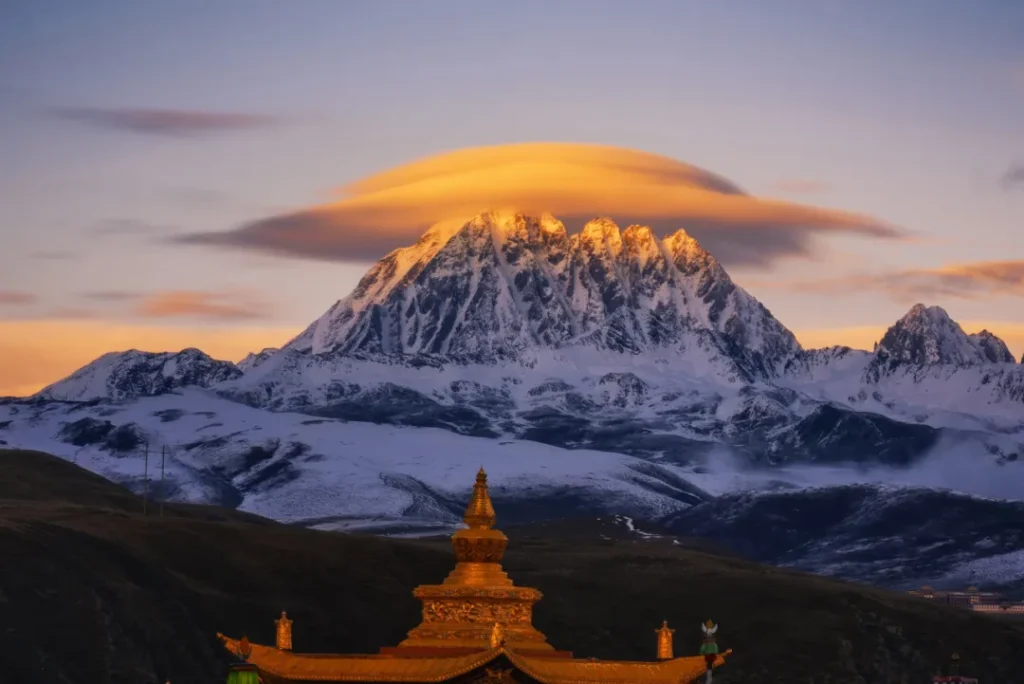
“The Queen of Sichuan Mountains,” Mount Siguniang, is many people’s first snow mountain in their lives and has long been a renowned outdoor paradise. Every summer, Shuangqiao Valley is overwhelmed by a sea of green, truly living up to its name as the “Oriental Switzerland.”

Join us to see the snow mountains, and we will never just skim through them like a tourist on an assembly line. Enjoy the cloud waterfalls and sea of mist from the 360-degree observation deck, wait for the sunrise over the twelve peaks of Mount Gongga at the Juri Temple mountain pass, and watch the sunset over Mount Yala from above Muyar Monastery.
From dawn to dusk, leave some quiet moments between the snow mountains, and silently face the great beauty between heaven and earth.
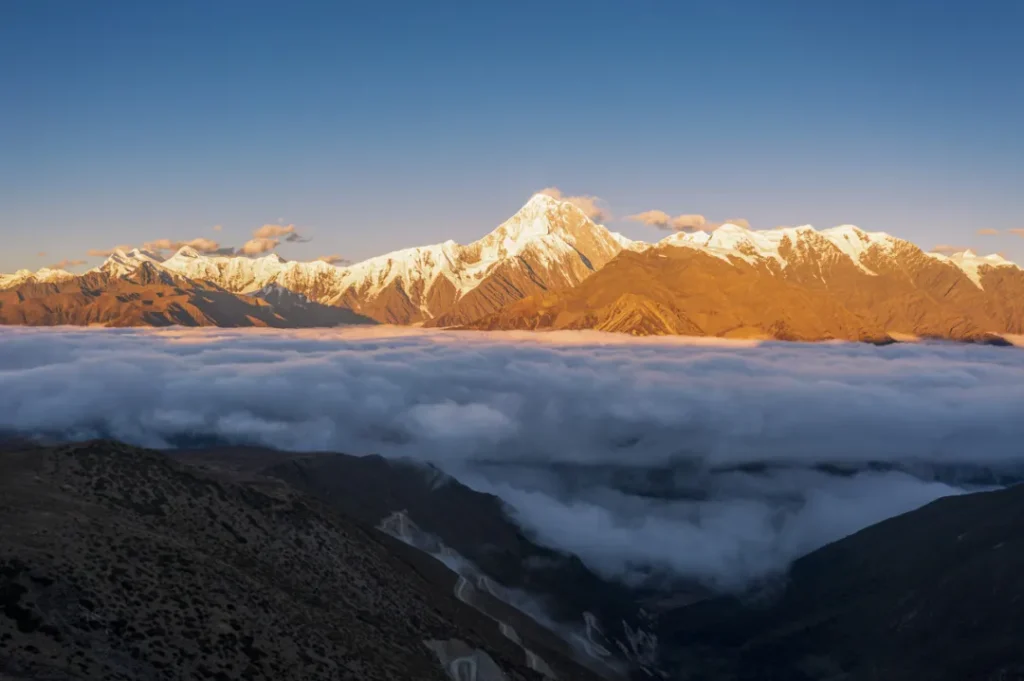
Step into a Photography Paradise and a Shooting Hotspot
Xinduqiao in Western Sichuan has long been known as a “photographer’s paradise,” and the core of this paradise is the Jiagenbai Tibetan countryside, 30 kilometers south of Xinduqiao!
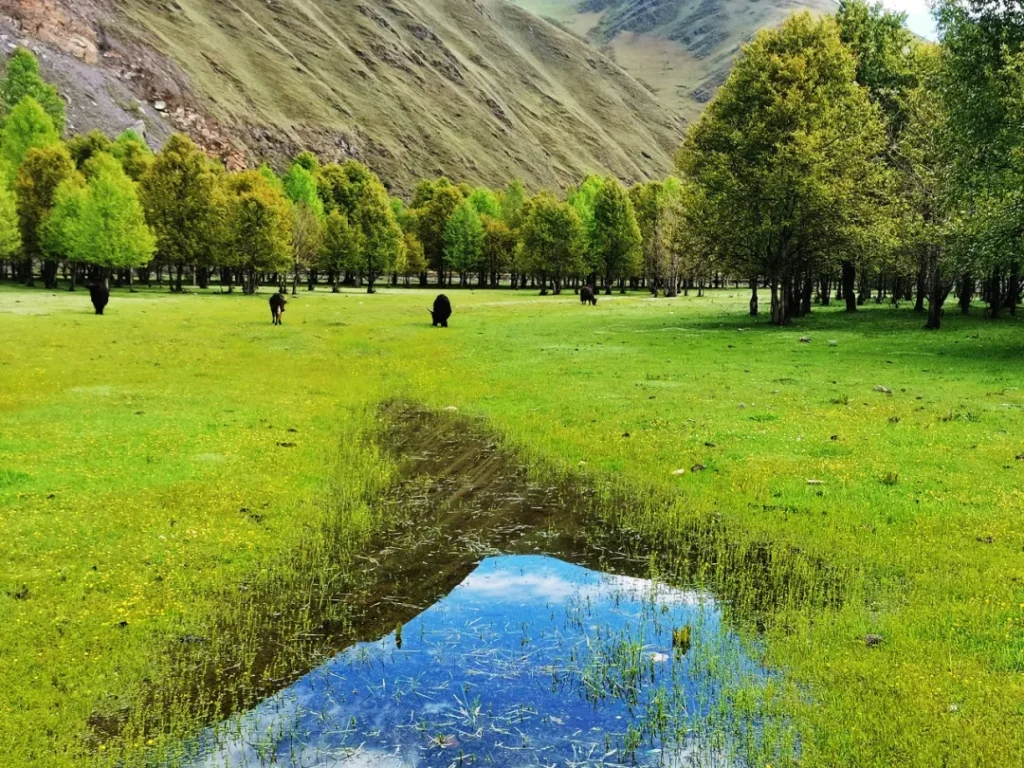
The Minyak Tibetan people, who live by farming, have chosen to build their homes in the lush forests. In Jiagenbai, Mani stone piles can be seen everywhere, and villages, white pagodas, barley fields, and watermills together form an idyllic life.

Entering Moshi Park is another kind of shock, as if it were an alien planet. The only alpine “dynamically metamorphic rock,” after hundreds of millions of years of weathering and erosion, has formed a magical stone forest landscape, with towering and ever-changing magnificent rocks. The ink-black mountains are accompanied by colorful forests and grasslands, with changing colors under the light.
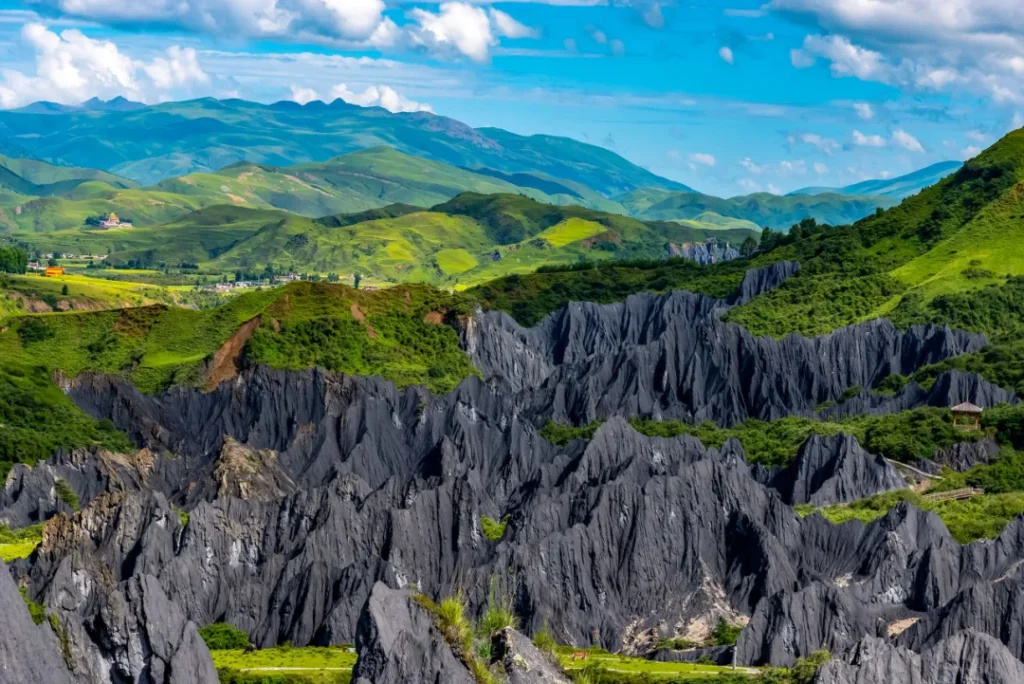
When you go to Western Sichuan in summer, there is another must-see attraction—the grassland flower sea! Yes, you don’t have to go to Inner Mongolia or Xinjiang to see grasslands; they are everywhere in Western Sichuan. Roam freely on the grassland flower sea, and every shot you take will be a masterpiece.
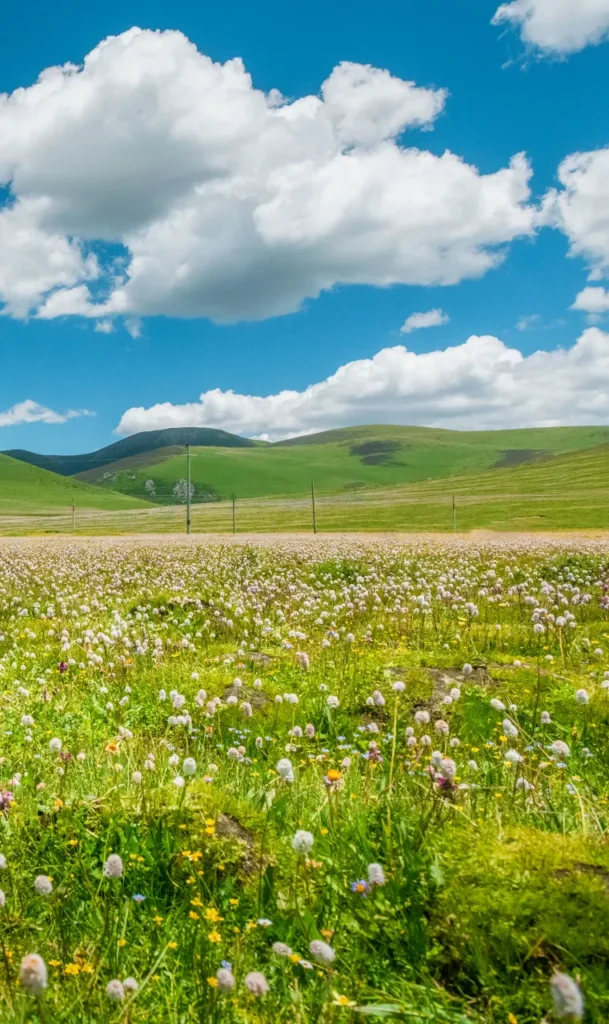
And not to be missed is Daocheng Yading. Luorong Pasture and the two sacred lakes of the Three Holy Mountains form a Shambhala kingdom. In summer, Yading is teeming with life, vibrant and colorful.
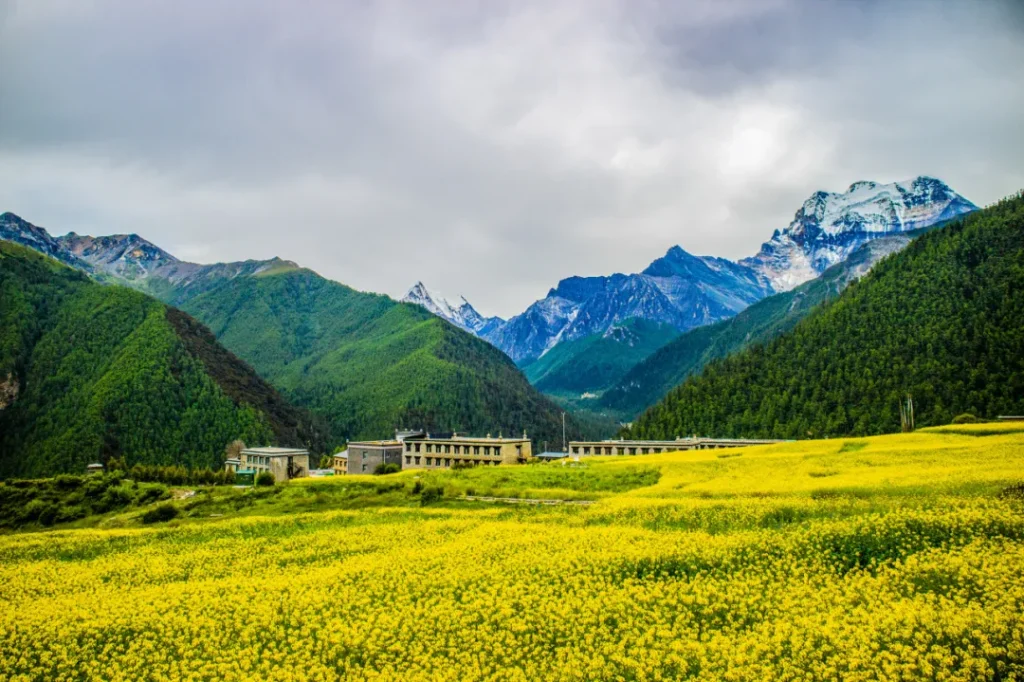
Related Articles:
The Unique Humanistic Beauty on the Khampa Land
The vast and rich land of Western Sichuan has nurtured extremely primitive natural landscapes and the passionate and generous Khampa culture. When we travel, we not only sightsee but also connect with the local people and things. This is an indispensable part of the charm of faraway places.
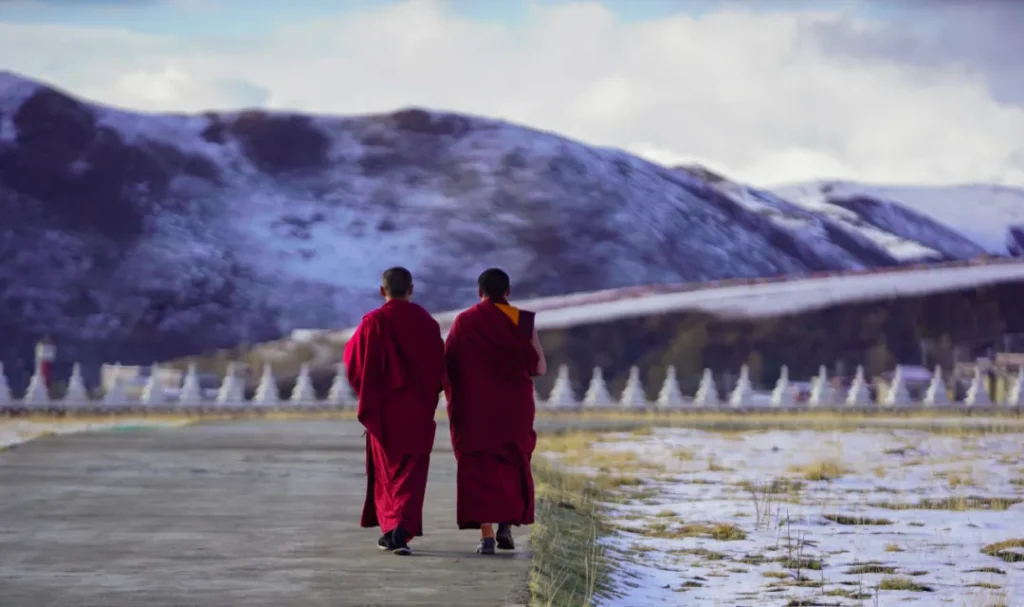
Muyar Monastery, where a Buddhist academy, a Tibetan medical hospital, and a lama temple are gathered, shines together with Mount Yala and Tagong Grassland. Listen to a chanting session by the monks, walk around the prayer wheels with a devout heart, and feel the depth of Tibetan Buddhist culture.
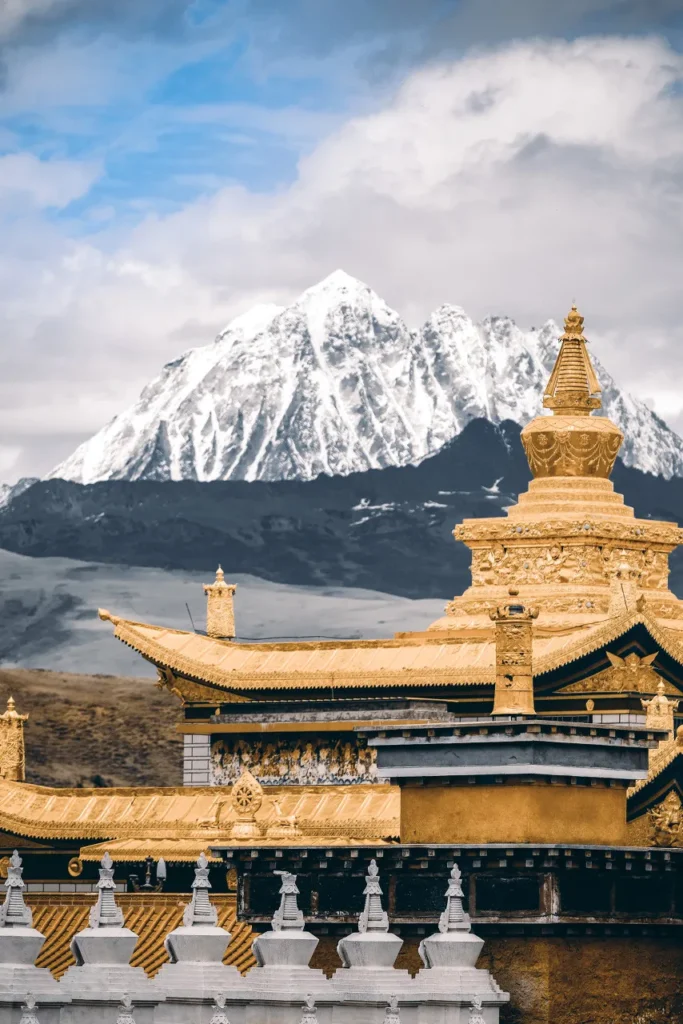
Danba Zhonglu Tibetan Village is more peaceful than the famous Jiaju Tibetan Village. The red and white houses and golden temples are scattered in an orderly manner, and in the scorching summer, there is much tranquility here.
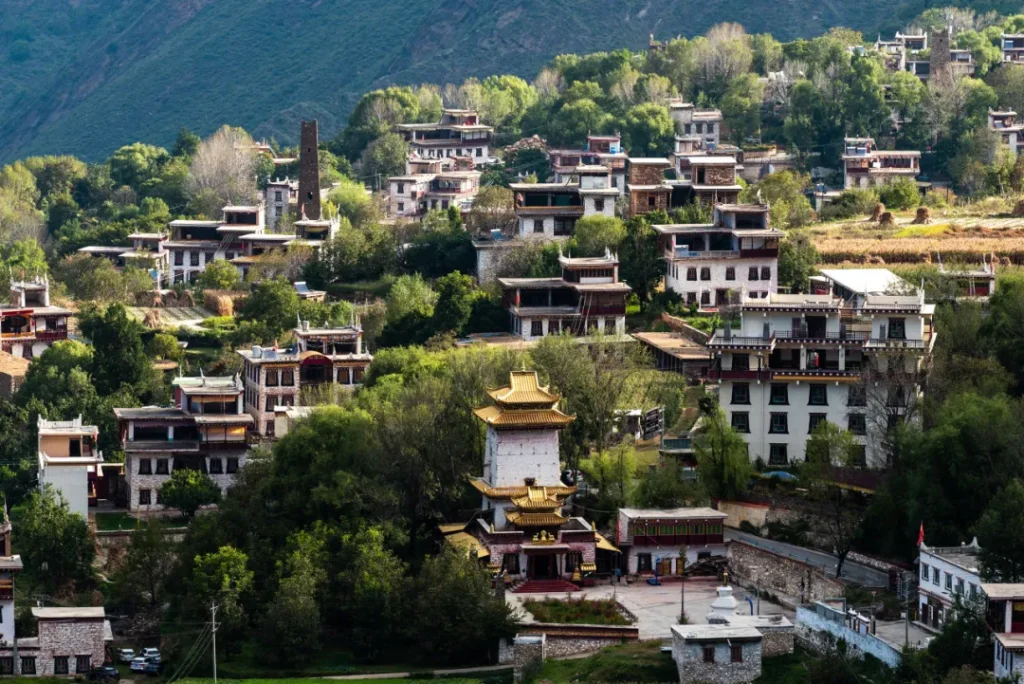
As a must-pass road on the 318 Sichuan-Tibet line, Litang is undoubtedly the center of Khampa culture. The intangible cultural heritage of Tibetan opera has been well inherited here, with Khampa men and women wearing special costumes, riding horses, or dancing on the grassland, performing the humorous and joyful parts of daily life.
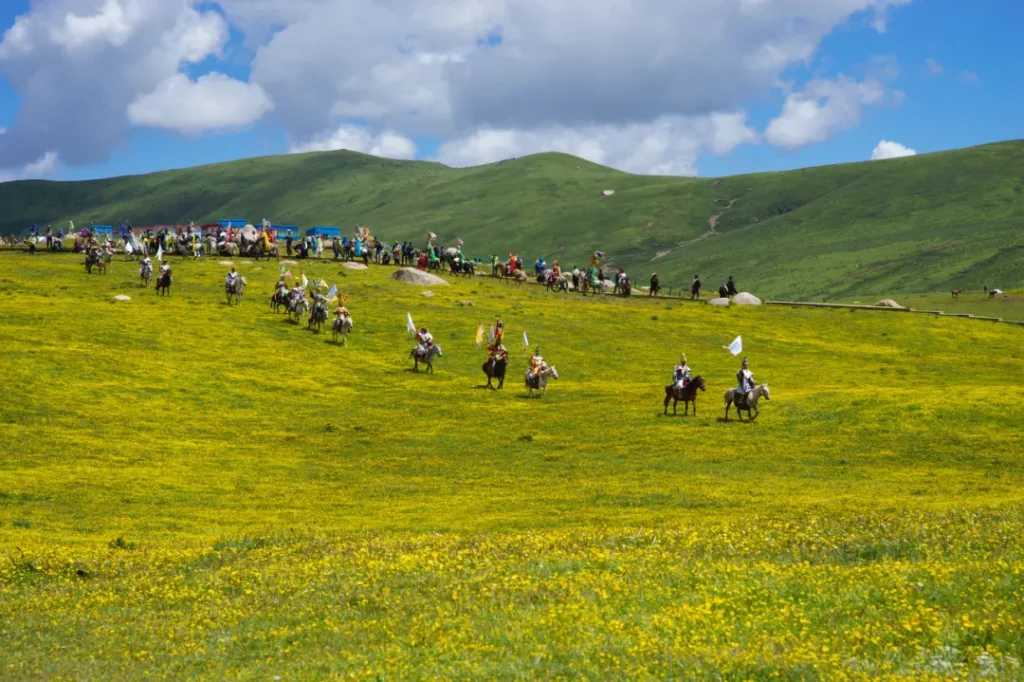
Our Tibetan friends in Western Sichuan have been warmly welcoming us for many years. Chatting and drinking tea with them, tasting the local cheese and yogurt, and learning to make tsampa from the locals is a great way to see the most authentic side of the place.
